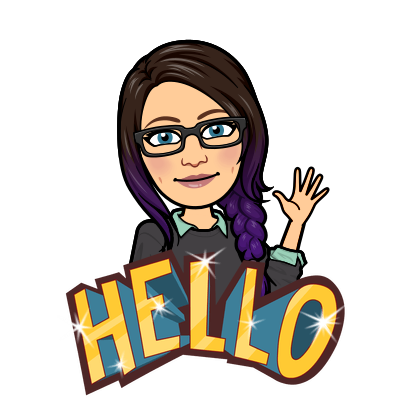Planning is an essential part of the everyday life of the teacher. However, it is something that many teachers do without thinking about adjusting. As someone who is constantly trying to keep up with new educational initiatives and information, and yet still I have yet to update the format I use for lesson planning. As I was looking over the new ISTE Standards for Educators, I came to this realization and was appalled at myself. I have used the same template for lesson planning since I was in my college teacher prep program. Therefore, this week my new project was to revamp my planning document for the year to come. My old planning document isn’t completely horrid, but it needs a refresh, an update, to keep up with the new technological age. There is nothing wrong with the way we have been planning; however, as a profession we have been slow to embrace technology. This has kept the field of education behind the rest of the world. As I attempt to bring my practice into the 21st century, my planning document is the first thing that needs to change.
 My previous planning document was not only basic but boring. As you can see it has the basic sections that are needed but it is a simple word document and has no indication of the 21st century at all. I needed to add a section for technology and 21st century standards. Both the P21 Skills and the ISTE standards both need to be considered as well as the levels of SAMR. I also needed to update the considerations section to incorporate both ends of the differentiation spectrum. Gone are the days where the special education students are the only ones who require special educational consideration. Differentiation for all students is key and planning for both ends of the spectrum is a requirement in our field today. Finally, I needed to adjust the “Assessment” section to include both the daily/end of lesson check and the larger connection to the end of unit assessment.
My previous planning document was not only basic but boring. As you can see it has the basic sections that are needed but it is a simple word document and has no indication of the 21st century at all. I needed to add a section for technology and 21st century standards. Both the P21 Skills and the ISTE standards both need to be considered as well as the levels of SAMR. I also needed to update the considerations section to incorporate both ends of the differentiation spectrum. Gone are the days where the special education students are the only ones who require special educational consideration. Differentiation for all students is key and planning for both ends of the spectrum is a requirement in our field today. Finally, I needed to adjust the “Assessment” section to include both the daily/end of lesson check and the larger connection to the end of unit assessment.
With the changes we are experiencing in the field of education and the increase of technology in the classroom, we need to change the way we prepare for our lessons and we have to start being intentional with the technology we use. There are various tools at our disposal to help us do this. The SAMR model of technology integration, the ISTE standards, and the many suites of tools for us to use; all make it possible for us to start intentionally incorporating technology into the content we teach our students. But we must do more than incorporate technology. We must find a way to embrace it. The world runs on technology and as educators we have to stop resisting the change. We need to start attacking technology the same way we attack the content. If we don’t teach students how to use this technology in the context of academic work, they won’t be able to creatively solve the problems of the future because they will be too focused on relearning how to use the tools at their disposal. They know how to use technology in their everyday lives but as we have seen with reading and writing, students struggle with transferring skills from one content area to the next. We can’t expect students to transfer their technological skills from home to school. We must teach them not only how to use the tools but how to think about the tools in a new way. If we can do that, then maybe we can free them up to solve new problems in new ways.





Nice knowledge gaining article. This post is really the best on this valuable topic.
ReplyDeletefull stack development course